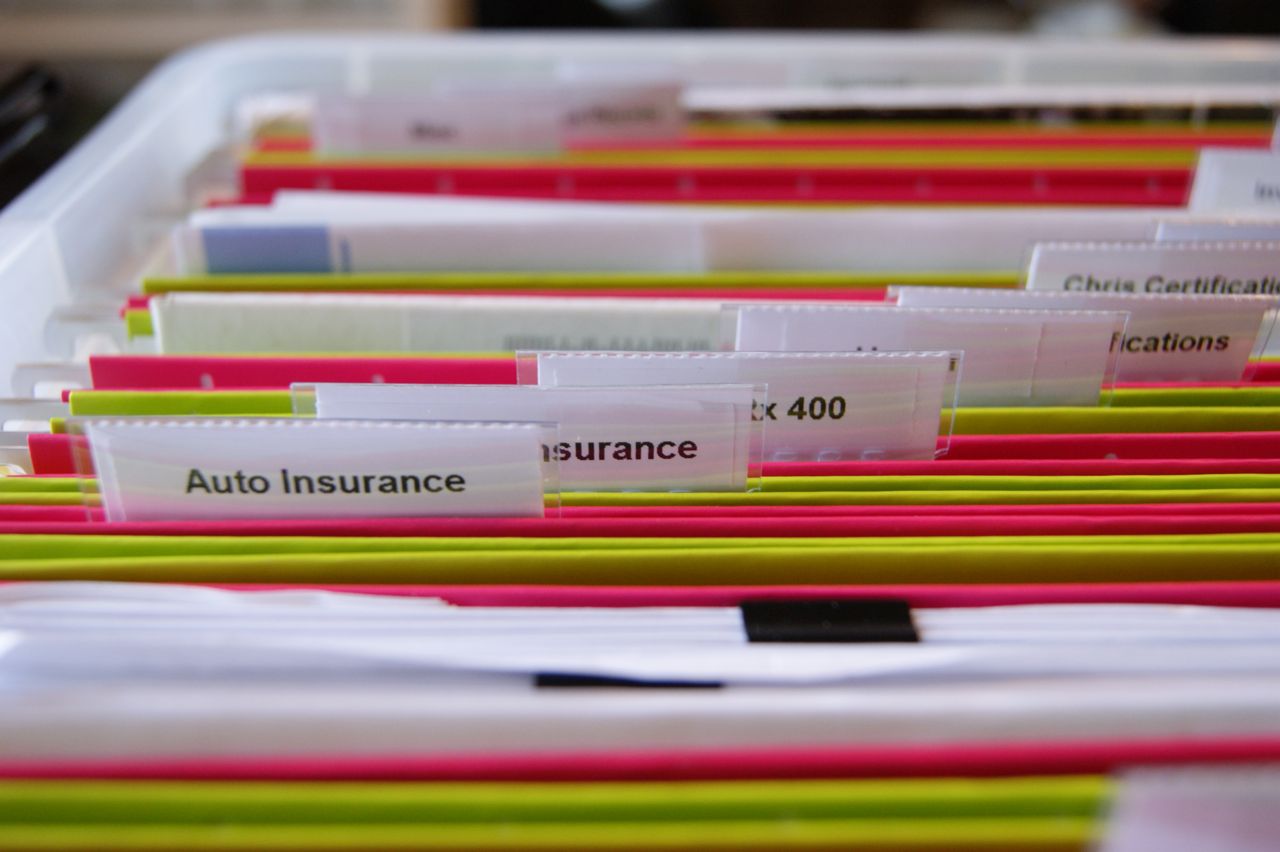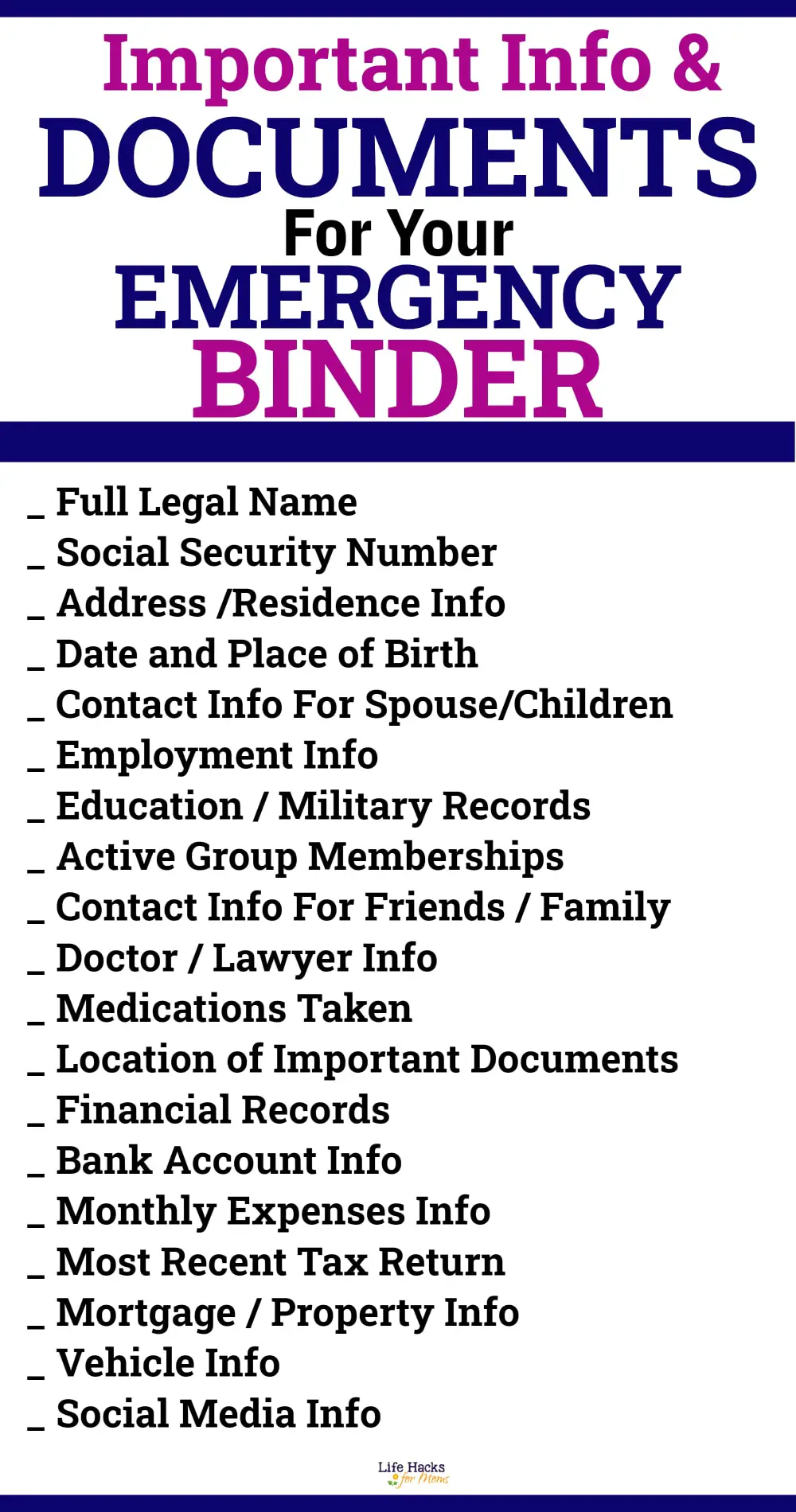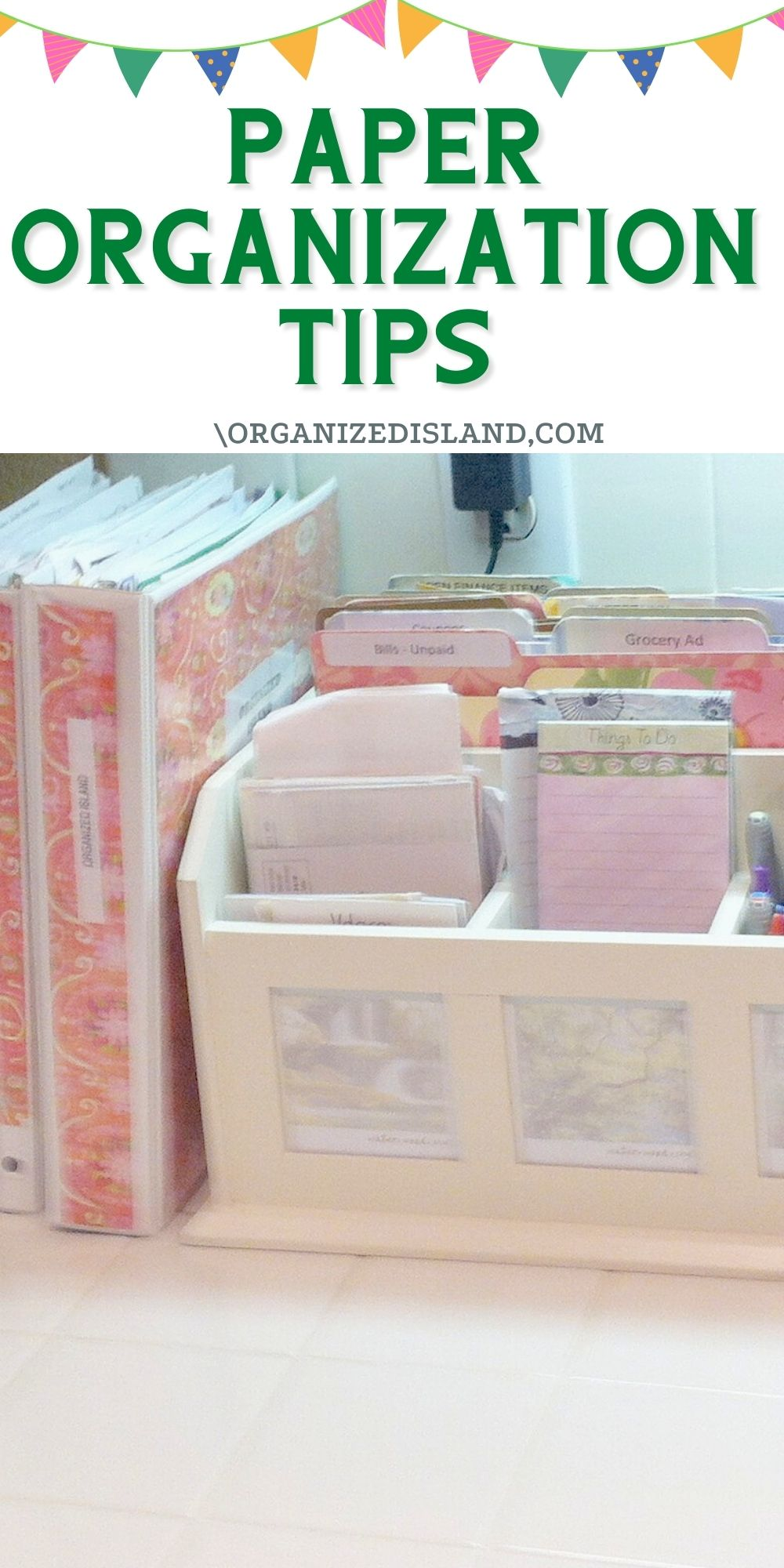7 Essential Paperwork Items for Every Job Site

Managing a job site is a complex task, involving careful coordination of numerous elements, among which paperwork holds a critical place. Proper documentation ensures that projects run smoothly, compliance is maintained, and there is a paper trail for legal, safety, and financial purposes. Here's an in-depth look at the seven essential paperwork items you must have on every job site:
1. Safety and Compliance Documentation

Before work begins, ensure that all safety compliance documents are in place. This includes:
- OSHA Compliance Records: Documents proving adherence to OSHA safety standards, including safety inspections and accident reports.
- Safety Plan: A comprehensive safety plan detailing the specific measures to minimize hazards, along with emergency procedures.
- Material Safety Data Sheets (MSDS): Required for any hazardous substances on site, detailing how to safely use, store, and dispose of materials.
⚠️ Note: Non-compliance with safety regulations can lead to fines, project delays, or even shutdowns. Ensure all workers are trained on safety protocols and know where to find these documents.
2. Permits


Job sites require various permits for legal operation:
- Building Permit: Allows for the construction, modification, or demolition of a structure.
- Zoning Permits: Certify that the project complies with zoning laws regarding land use.
- Environmental Permits: If the project impacts wetlands or has potential environmental concerns.
Permits should be visibly posted on site for inspections.
3. Contracts and Agreements

Legal documentation is vital for the protection of all parties:
- Construction Contract: Outlines the scope of work, payment terms, schedules, and responsibilities.
- Subcontractor Agreements: Similar contracts for subcontractors detailing their specific tasks and obligations.
- Liability Waivers: Releases contractors or owners from liability for certain risks.
4. Insurance Documentation

Insuring the site protects against unforeseen events:
- General Liability Insurance: Covers accidents or damages that could occur on the job site.
- Workers’ Compensation: Provides medical benefits for work-related injuries to employees.
- Builder’s Risk Insurance: Insures the construction project for fire, theft, and other perils during construction.
⚠️ Note: Insurance documents should be kept current, and copies should be available on site in case of inspections or emergencies.
5. Project Plans and Blueprints


Having accurate project plans and blueprints is crucial:
- Site Layouts: Detailed drawings of the site, including utilities, roads, and staging areas.
- Architectural and Engineering Drawings: Providing detailed specifications for the construction or renovation.
- Revisions: Any changes to the original plan should be documented.
6. Daily Logs and Records

Keeping track of daily activities is key for oversight:
- Job Site Diary: Documents daily progress, issues, weather conditions, and who’s on site.
- Time Sheets: Records of hours worked by employees and subcontractors.
- Material Logs: Tracking when and how much materials are received and used.
📝 Note: Digital tools for logging can streamline the process, reducing errors and providing real-time updates.
7. Change Orders

If there are modifications to the project scope:
- Change Order Forms: Documenting any changes in work, costs, or time schedules, signed by all relevant parties.
The importance of maintaining thorough documentation on a job site cannot be overstated. These documents not only ensure compliance with laws and regulations but also foster a safe working environment, provide legal protection, and facilitate effective project management.
Why do I need safety and compliance documentation on site?

+
These documents ensure that your job site adheres to safety regulations, which prevents accidents, reduces legal risks, and can minimize project delays caused by safety violations.
Can I use digital versions of project plans and permits?

+
While many sites do accept digital versions, it’s crucial to check with your local authorities if physical copies are required on-site during inspections or for compliance purposes.
What happens if I don’t have the correct insurance documentation?

+
Not having the correct insurance can lead to legal action against you if an accident occurs. It’s also a requirement for many contracts and permits, so your project could be halted without proper coverage.